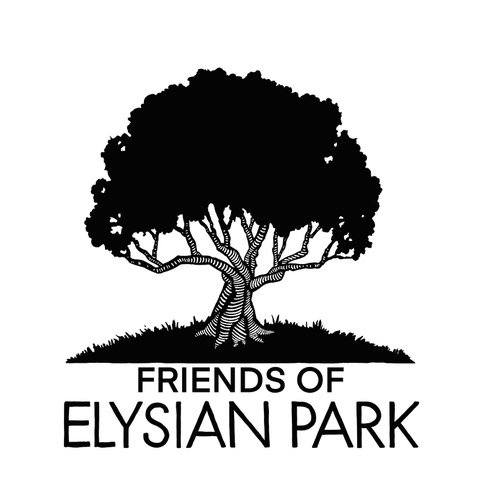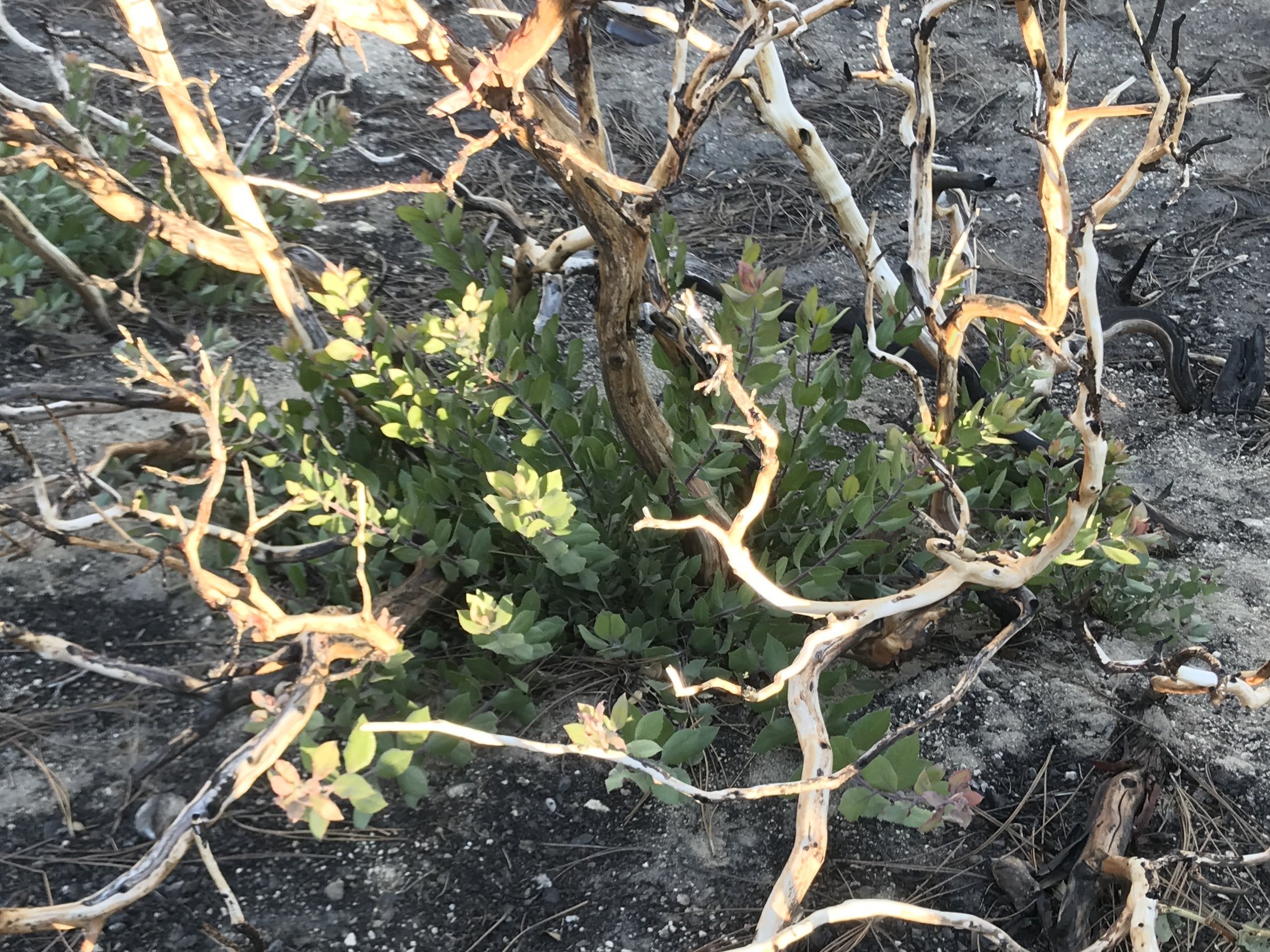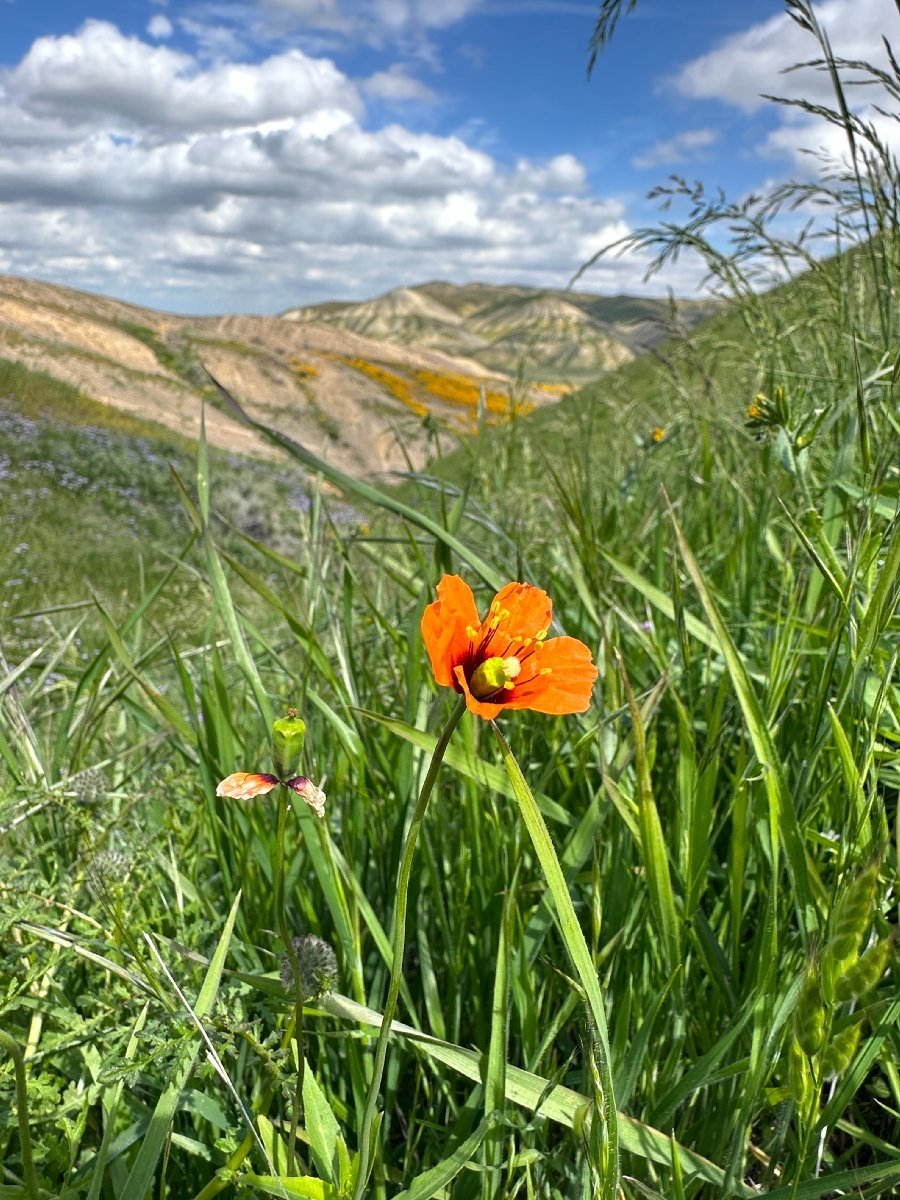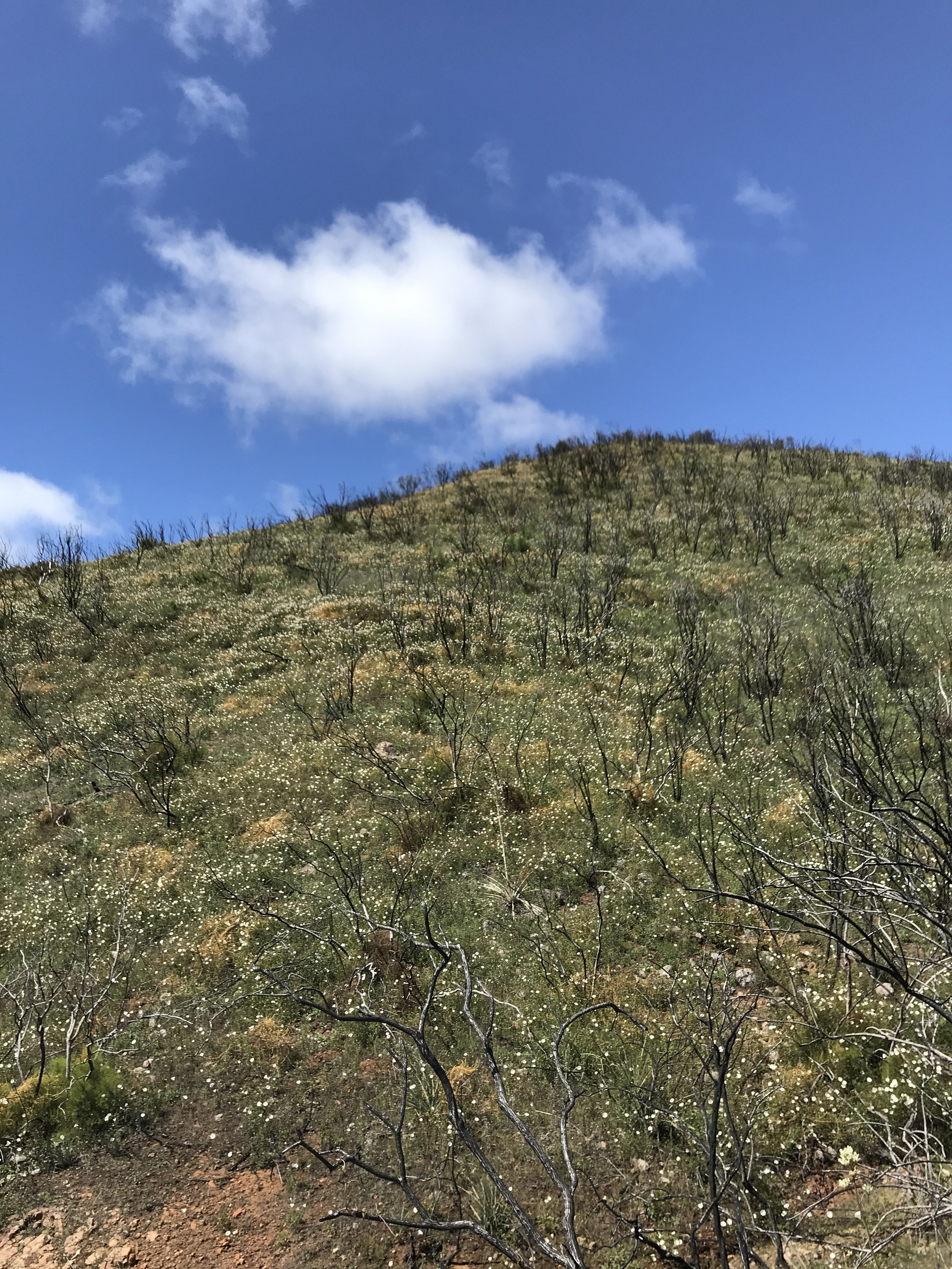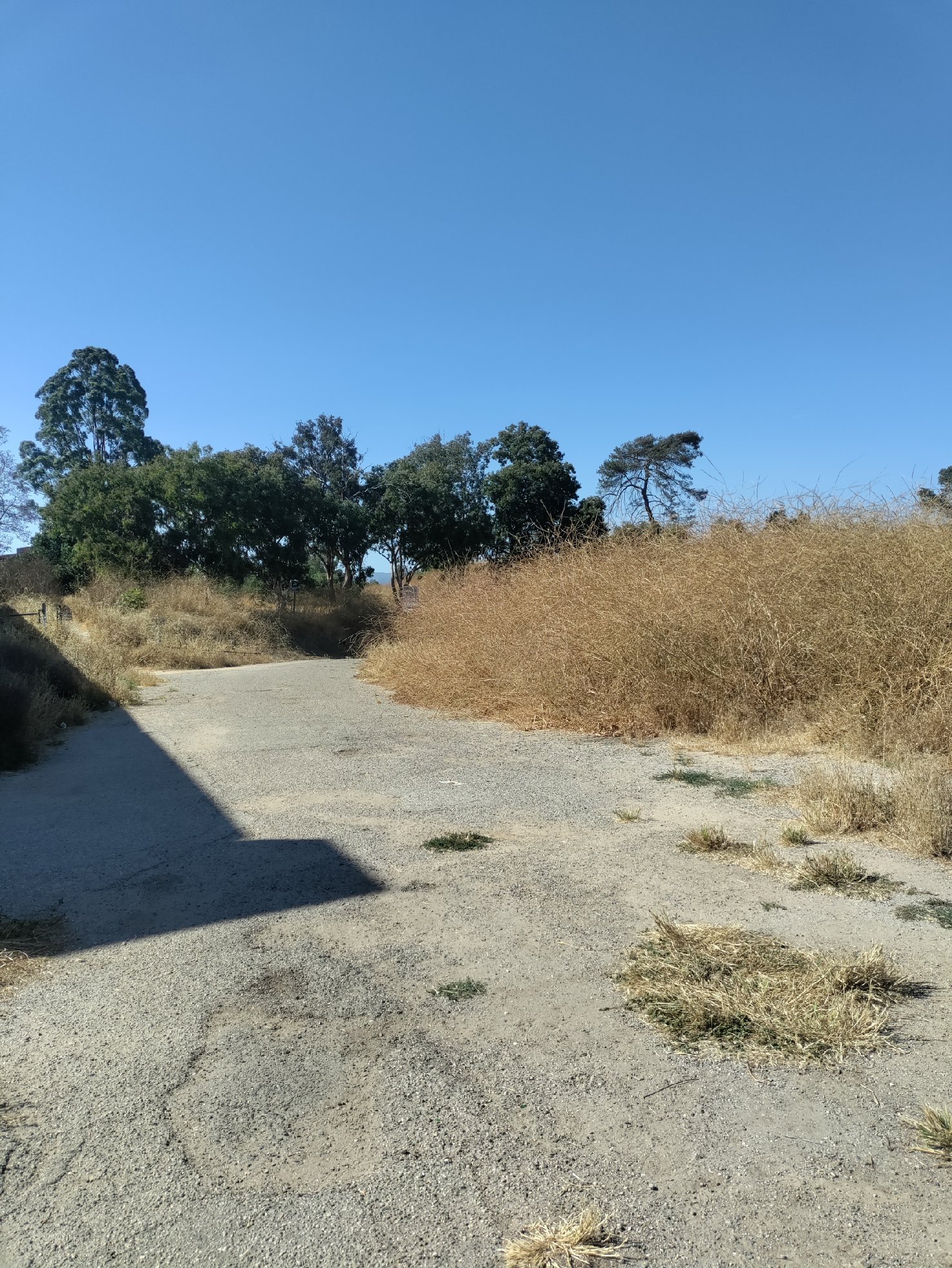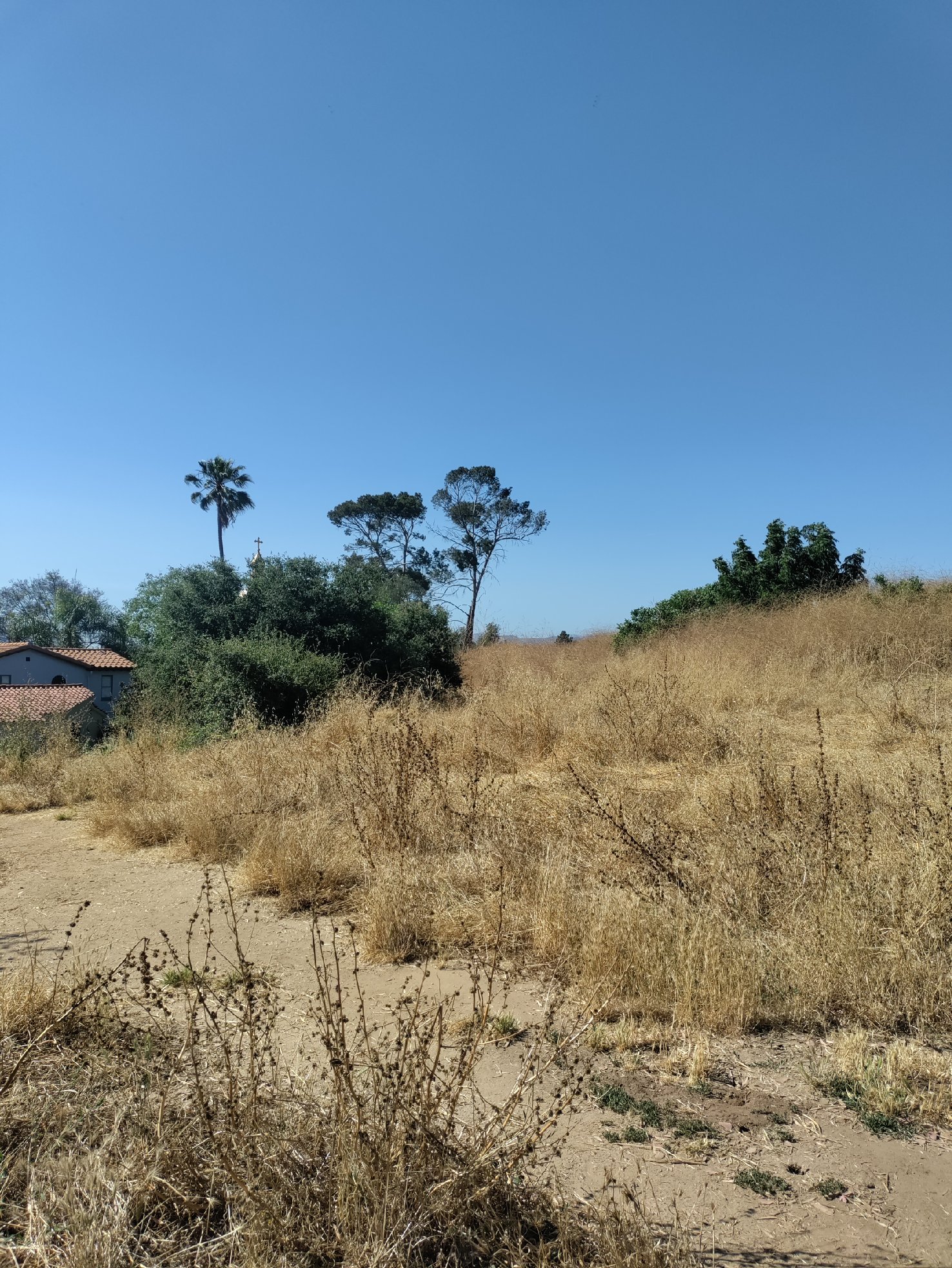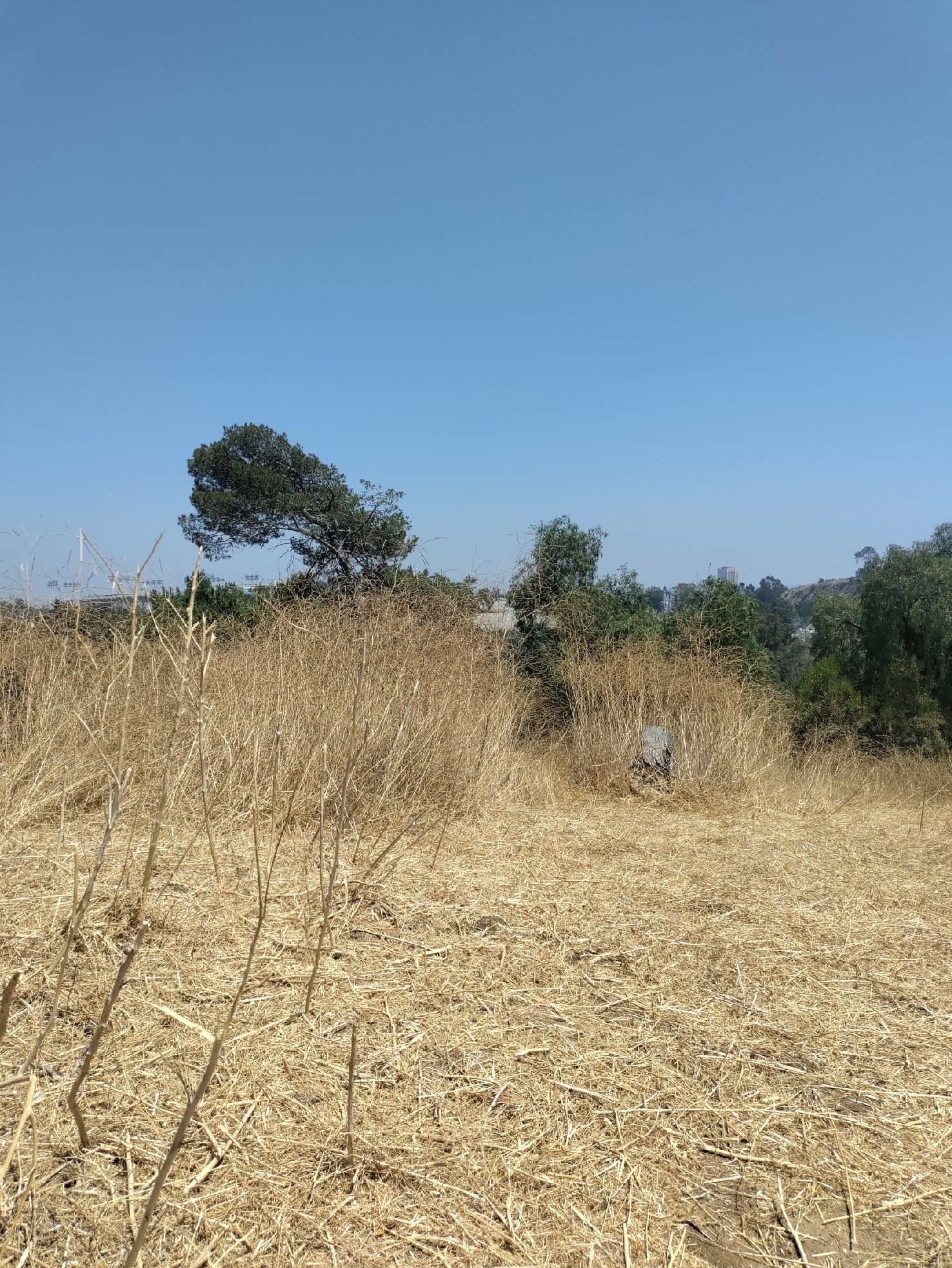The Impacts of Fire in Elysian Park & Beyond
The results of a September brush fire in Elysian Park
In September, a brush fire sparked on the west side of Elysian Park. It tore through a grove of eucalyptus trees and dried-out mustard—both invasive species to Southern California—and left very little in its wake beyond charred tree trunks, dirt and rocks.
Fire in our local parks, and so close to residential homes, is certainly concerning. There’s nothing like a plume of smoke to set hearts racing—and we’re immensely grateful to our Park Rangers and the Los Angeles Fire Department for swiftly putting out the blaze. It also fueled a conversation at a recent meeting about the benefits of fire and how it can provide a clean slate for other (hopefully native) plants to take root.
To learn more about fire’s role in Southern California ecosystems, we spoke with Tim Switzer, a landscape designer at local firm Terremoto. As Tim explains, fire is an important, naturally occurring part of the region’s ecology.
“Our plant communities, specifically coastal sage scrub and chaparral, are adapted to and reliant on fire for their propagation and survival,” Tim says. “Fire plays a regulatory and regenerative role in these dense, shrubby communities.”
Fire can help renew nutrients in soil and thin out plant canopies, allowing smaller plants to thrive. To see just how well our ecosystem is adapted to fire, look to specific native plant seeds, such as that of ceanothus and manzanita, that only germinate when in contact with flames. Moreover, many rare and ephemeral wildflowers thrive in a post-fire environment. The wind poppy (papaver heterophyllum) was seen for the first time in decades in the Verdugo Mountains following the 2017 La Tuna Fire.
Photos courtesy of Tim Switzer. From left to right: post-fire manzanita regrowth; a wind poppy spotted in the Verdugo mountains; a hillside recovers after a fire
In recent years, however, fires have become increasingly dangerous and destructive, due to a combination of climate change, invasive plants and decades of fire suppression.
“Quick growing (and quick to dry) annual grasses also thrive in disturbed post-fire sites and crowd out native fire-followers,” Tim explains. “This creates a cycle of higher intensity, more frequent fires that are more dangerous to humans and more difficult for plant communities to recover from.”
The spread of invasive species, such as mustard, is a serious concern in Elysian Park and beyond. These species grow fast, dry out fast and are ideal fuel for fast-moving fires. A lack of proper weed abatement presents an undeniable risk to our park spaces and surrounding neighborhoods. All it takes is a single ember from a barbecue or a carelessly tossed cigarette to set the park ablaze.
Overgrown invasive mustard in Elysian Park, dried out in the late summer.
When a fire does happen in Elysian Park, there are steps to take to prevent the next, and probably larger, one. Tim explains the most-successful post-fire restoration should include targeted goals, such as the success of a specific species, erosion control or habitat creation. He further emphasizes that weed management is key.
“Invasive annuals thrive in the post-fire disturbance,” Tim says. “These weeds can crowd out slower growing native plants, creating conditions that are likely to burn again.”
Tim’s biggest piece of advice for people who enjoy Elysian Park, is to get involved with the Friends of Elysian Park and we gotta agree! Sound advice, Tim. Our organization is committed to working with Recreation and Parks to mitigate fire hazards in the park through weed abatement and public education. We have led our own weed removal hikes and plan to do more in the future—plus, we’re always looking for more volunteers to support our mission.
We also encourage park users to be aware of their surroundings—and the impact of their actions. Preventing fire is a collective effort. See a fire in Elysian Park or elsewhere? Don’t hesitate to call 9-1-1.
